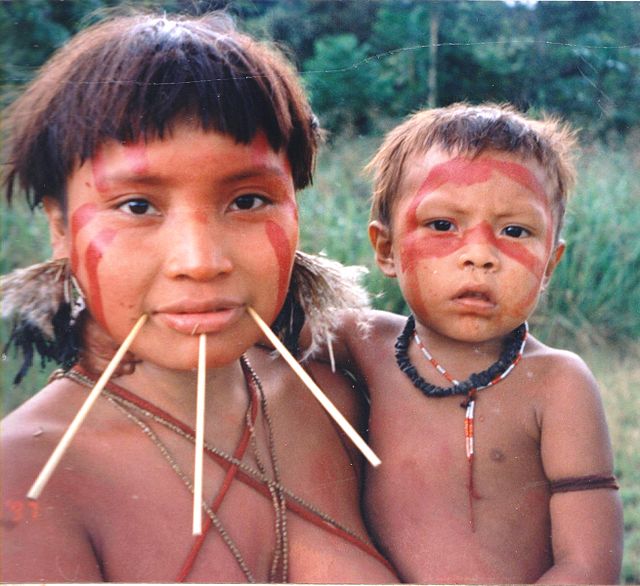Es gibt immer noch eine Minderheit in Venezuela, die die gegenwärtige Mangelwirtschaft vor allem auf die Schmuggler und Schwarzmarkthändler zurückführen. Sie verstehen nicht, dass die Wirtschaftspolitik der Regierung Venezuelas ohnehin prekären Wirtschaftsstrukturen vernichtet.
Die meisten Venezolaner wissen aber schon längst: die Regierung muss weg.
Selbst in Barinas, in den Llanos, finden Menschen zur Zeit kein Rinder- oder Hühnerfleisch. Sie müssen lauter Bohnen und Mehl essen.
Mit dem
Mindestlohn - und manche Dozenten verdienen weniger als das - kann man
 |
| Dieses Foto wäre eine reine Provokation in Venezuela von heute |
- 50 bis 56 Kg Kartoffel oder
- 70 Kg Tomaten oder
- 80 Kg Karotten
Theoretisch kann man mit dem Mindestlohn 25 Kg Rindfleisch oder 86 Kg Hähnchen kaufen. Es gibt aber, wie gesagt, keins um diesen
Preis, es sei denn, man steht über 5 Stunden Schlange, um was bei einigen der Geschäfte zu ergattern, wo diese Produkte unter Aufsicht des Militärs verkauft werden.
Die Mordrate ist etwa dreimal höher als zu den Zeiten, als Chávez an die Macht kam. Höhere Kriminalität ist eine der grössten Veränderungen, die der Caudillo mit sich gebracht hat. Maduro konnte hat auch das nicht besser gemacht. Ganz im Gegenteil. Und wie kann man eine seriösere Regierung erwarten? Maduro hat seit April 2013 drei Innenminister gehabt: den ehemaligen Putschist und jetzigen Großgrundbesitzer Miguel Rodríguez Torres, die ebenfalls Militärperson Carmen Teresa Meléndez und nun Gustavo González López. Dieser war der Leiter des Geheimdienstes und wurde zum Innenminister aufgerufen, nachdem die Obama-Regierung Sanktionen gegen ihn
verhängte.
Schon mehrmals hat der Chavismus Bonzen auf der Grundlage von USA-Sanktionen oder Beschuldigungen promoviert. Ein Beispiel ist
Clíver Alcalá, es gibt aber noch einige mehr.
Der Wahlrat hat noch nicht gesagt, wann die Wahlen für die Nationalversammlung stattfinden sollen. Im Prinzip müssten die Wahlen spätestens im Dezember stattfinden. Ich vermute, dass die Regierung, wie seit Jahren nur so zögert, um zu sehen, ob Erdölpreise wieder rasant steigen und mehr Geld zur Verfügung steht.





